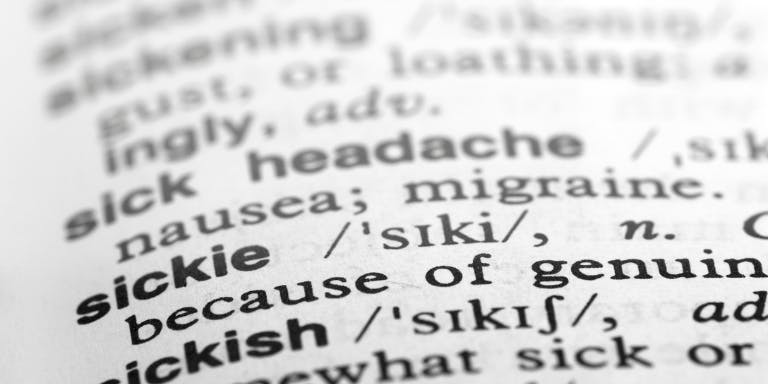First published on Thursday, August 13, 2020
Last updated on Friday, January 17, 2025
Brace yourselves—it’s coming. The dreaded, notorious ‘National Sickie Day’, a term the media uses to describe the first Monday in February as the day with the highest employee sick rates.
But is it a legitimate phenomenon, or just a convenient headline for those gloomy February mornings? With the past year’s data in hand from BrightHR’s absence management tool, let’s unravel the truth behind this so-called “sickest day of the year”.
February 5th: A true sickie spectacle
In 2024, February 5th was the first Monday of the month, and thus crowned ‘National Sickie Day’, racking up a staggering 5,456 absences. To put this into context, that’s 20.57% more absences than the typical Monday, where the average clocks in at 4,525. For business owners and HR professionals, that’s practically a landslide!
But wait, was February 5th the sickest day of last year? Not quite. That dubious honour belonged to January 22nd, with a record breaking 5,871 absences. Seems that the January Blues are more than just a metaphor for businesses up and down the country.
Mondays dominate the sick list
Mondays have gotten a bit of a bed rep—and rightly so. 2024 saw a staggering 235,703 absences recorded on Mondays, compared to:
172,714 on Tuesdays
150,356 on Wednesdays
140,832 on Thursdays
120,494 on Fridays
That’s right, 27.34% of all workplace sickness fell on the week’s opening act. Perhaps the alarm clock strikes hardest after the weekend, but Mondays consistently dominate the top sick days of the year. In fact, 9 out of 10 of the top 10 sickest days in 2024 were Mondays.
The one exception? January 2nd—the perfect storm of partying too hard on the New Year combined with a bank holiday perhaps?
Spotting patterns, or chasing myths?
Whether you’re an employer groaning at empty desks or an employee legitimately nursing a flu, there’s some undeniable patterns. February brings freezing weather, lingering seasonal blues, and a tidal wave of cold and flu. Throw in some “holiday burnout” from the January rush, and you’ve got the perfect storm for a sick day spike.
And while it’s tempting to poke fun at National Sickie Day, remember it’s not always just an excuse. Real illnesses are plentiful and do strike, so before jumping to conclusions, it’s worth taking a closer look at the story behind the stats.
What can businesses do?
According to the latest information from CIPD, the average UK worker takes 7.8 sick days per year. And it’s showing an upward trend, too. Estimates put the cost to the economy at as much as £43bn per year.
Although this isn’t quite as bad as in Germany, (where recent headlines show Germans take an average of 20 sick days per year!), it’s a growing problem which could be costing your business. So what should you do?
Track absences with user-friendly software—Use tools built to help you spot trends, manage leave, and build better plans for unexpected staff shortages
Provide wellbeing support—From mental health support to flu vaccines, investing in your staff’s wellbeing reduces absences in the long run
Invest in smart shift and rota planning—Fill vacant shifts instantly with software that lets you find cover at the drop of a hat, avoiding disruption
What’s your ‘Sickie Day’?
So is ‘National Sickie Day’ just a media myth? Not quite. The data doesn’t lie though, and January 22nd is crowned the true ‘National Sickie Day’ according to our absence management software.
Yet rather than worrying about other businesses, it’s best to focus on what’s happening in yours.
Want to know when your company’s ‘Sickie Day’ is, and how much absence might be costing your business?
Book a free demo with one of our friendly experts to find out how BrightHR’s software can help you manage absences and so much more.






